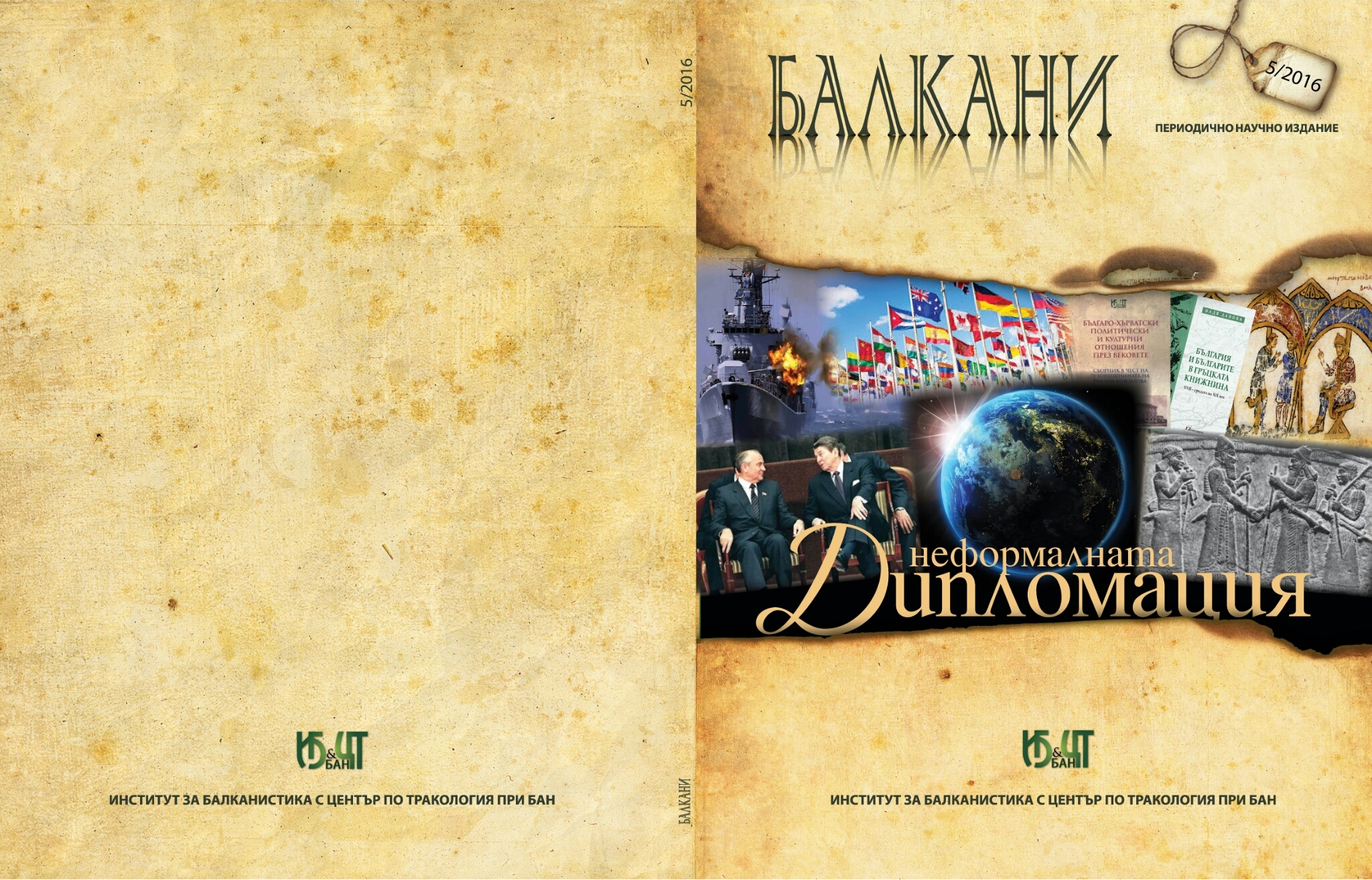МЪЛВАТА ЗА МАГИЯ В АРСЕНАЛА НА ВИЗАНТИЙСКАТА ДИПЛОМАЦИЯ
RUMOURS OF MAGIC IN THE ARSENAL OF BYZANTINE DIPLOMACY
Author(s): Vesselina VachkovaSubject(s): History, Diplomatic history, Middle Ages
Published by: Институт за балканистика с Център по тракология - Българска академия на науките
Summary/Abstract: The issues concerning the informal methods of Byzantine diplomacy have generally been interpreted in the vein of the fairly pejorative terms of "Byzantine tricks" (and "Byzantine ways"), and all seems to come down – much in tune with Procopius’ Secret History, or the complaints of the Crusades chroniclers about the "Danayan" perfidy of the "Greeks" – to conspiracies, intrigues, murder, poisoning, subversive machinations...No doubt, in Byzantium, perhaps more than in other, less refined, civilizations treacherous plots and surreptitious intrigues were often employed as a means of solving both domestic crises and foreign policy issues. Byzantine diplomacy, however, relied on an additional ancient tool of mass manipulation, namely, rumours. Rumours were used in the classic version of disseminating disinformation to confuse military tactics and strategy of the enemy. These were also used in the banal version of discrediting opponents. But if one could speak of a typical "Byzantine brand" in the use of rumours, these were the stories circulated around the city concerning official magical acts done against the enemy. The present article addresses two main issues: the nature of the magical artefacts in Constantinople, and three alleged instances of officially performed "white magic" – the beheading of the three-headed statue of Emperor Theophilus, the beheading of a statue of Simeon (a column) in May, 927, and the displacement of the statues of the Roman woman and Magyar woman by order of the Emperor Manuel Comnenus, in 1167. My purpose is to outline to what extent spreading such kind of rumours about magical uses of statues was a political myth, to what extent it was censored news, and how much it could be regarded as a shrewd move of Byzantine diplomacy.
Journal: БАЛКАНИ
- Issue Year: 5/2016
- Issue No: 5
- Page Range: 14-27
- Page Count: 14
- Language: Bulgarian
- Content File-PDF

